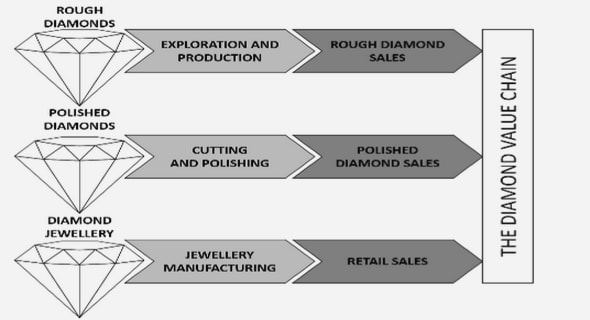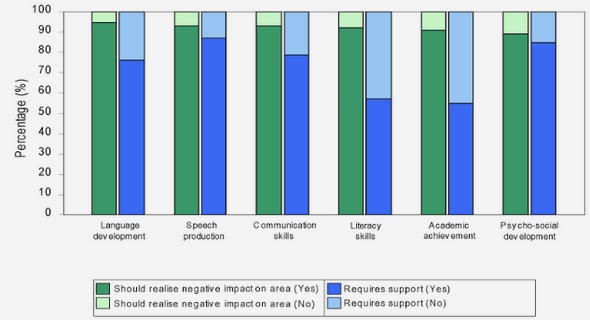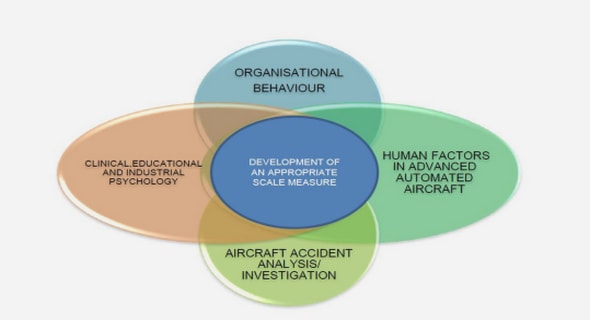Get Complete Project Material File(s) Now! »
Hepatotoxicity
Hepatotoxicity, including drug-induced liver injury (DILI), is a leading cause of acute liver failure. DILI inflicts various patterns of injury including jaundice, hyperbilirubinemia, increases in serum levels of liver aminotransferases, cholestasis, steatohepatitis, steatosis, fatal hepatotoxicity, acute liver failure and liver necrosis. This complexity suggests that DILI will continue to present both clinical and regulatory complications for as long as NCEs and INDs enter the market (Chang C and Furthermore, it is widely cited that of the approximately 10 000 documented human therapeutic drugs, more than 1 000 can be or are presently associated with DILI (Fox D, Morris L et al., 2009). Chen et al. proposed a classification scheme whereby marketed therapeutic classes are categorized according to their DILI potential. Drug labelling classifications including “black box warnings”, “warnings and precaution”’ and “adverse reactions” are based on causality, severity and number of incidences seen in both clinical trials and post-marketing surveillance (Chen M, Vijay V et al., 2011).
The number of drugs resulting in DILI remains high because there is no “universal” approach for early identification of hepatotoxic potential (Ballet F, 1997). Previously, the concordance between clinical pathology in humans and laboratory animals has been seen to be as low as 40%. This signifies that translation to higher integrated systems is limited and that one problem, one test paradigms are insufficient (Olson H, Betton G et al., 2000).
Hepatotoxicity Mechanisms
Hepatotoxicity is broadly delineated in accordance with hepatotoxic potential of compounds, pattern of liver abnormalities (hepatocellular, cholestatic or mixed) or whether the mechanism of toxicity is derived from the parent or intermediate metabolite (Abboud G and Kaplowitz N, 2007; Chang C and Schiano T, 2007). Furthermore, intrinsic hepatotoxic effects are divided into direct effects at the organelle-level and indirect effects that alter metabolic pathways, cell membrane receptors and nucleic acids (Peters TS, 2005).
Mechanism-based assessment of hepatotoxicity for drugs possessing unequivocal toxicity has been outlined in the LIINTOP project [European Framework Programmes]. There is a strong reliance on multiple disruptive mechanisms in initiating hepatotoxicity. Mechanisms include, but are not limited to, bioactivation, mitochondrial impairment, oxidative stress, steatosis, phospholipidosis, cholestasis and apoptosis. Biotransformation to form excretable metabolites plays a major role in detoxification.
However, biotransformed metabolites can possess intrinsic chemical reactivity promoting hepatotoxicity (Gómez-Lechón MJ, Tolosa L et al., 2010). Definitive classification of the mechanism of hepatotoxicity of drugs may not provide an overview of hepatic injury, and be limited, especially due to the multifactorial nature of hepatic injury (Figure 1.3).
In addition to well described mechanisms of hepatotoxicity, idiosyncratic toxicity results from critical and complex interactions of multiple discrete genetic and non-genetic factors. These interactions are not mimicked by standard preclinical toxicity studies and occur due to a host-dependent immunologically mediated component completely independent of pharmacologic activity.
Characteristics of idiosyncratic toxicity include: 1) occurrence in less than 5% of cases, 2) inability to demonstrate a dose-response relationship, 3) injury being unrelated to pharmacological effects and 4) injury presenting with an inconsistent progressive pattern (Peters TS, 2005; Zimmerman H, 1999).
Toxicity may accrue through accumulation of parent drug or via metabolic activation through formation of a chemically reactive metabolite. Reactive metabolites, if not detoxified, can effect covalent modification of biological macromolecules. The identity of the target macromolecule and the functional consequence of its modification will dictate the resulting toxicological response. (Reprinted/redrawn from open access journal with permission from Annual Reviews, (Park BK, Kitteringham NR et al., 2005))
Model Systems of Hepatotoxicity
In vitro and in vivo studies attempt to identify cellular or molecular mechanisms that lead to toxicity as well as organ and inter-organ effects respectively. Overlapping of the results from different tests enhances the elucidation of DILI. Beyond liver cellular diversity, confounders of preclinical hepatotoxicity models include biophysical and biochemical extracellular matrix properties which influence behaviour, structure and phenotypic gene expression (LeCluyse EL, Witek RP et al., 2012).
In vitro hepatotoxicity model systems (Table 1.1) include: 1) subcellular fractions including microsomes or S9 fractions, 2) primary cell cultures with a full complement of phase I and phase II metabolizing enzymes, 3) immortalized cell lines known to express reduced liver specific proteins, 4) ex vivo tissue slices which maintain functional heterogeneity as well as three-dimensional architecture and biochemical capacity, 5) isolated perfused organs, 6) genetically engineered cells expressing specific metabolizing enzymes and 7) non-living systems or simulations (Davila JC, Rodriguez RJ et al., 1998).
Chapter 1: Literature Review
1.1 Introduction
1.2 General Drug Discovery and Approval Process
1.2.1 Drug Attrition and Drug Safety Approaches
1.3 Safety Pharmacology
1.4 The Liver
1.5 Hepatotoxicity
1.5.1 Hepatotoxicity Mechanisms
1.5.2 Model Systems of Hepatotoxicity
1.5.3 Clinical Evaluation of Hepatotoxicity
1.5.4 Hepatotoxicity Biomarkers
1.6 Sources for In Vitro Hepatotoxicity Models
1.6.1 Primary Cells
1.6.2 Immortalized Cell Lines
1.6.3 Stem Cells
1.6.3.1 Induced Pluripotent Stem Cells
1.6.3.1.1 Opportunities for Use of iPSC Technology
1.6.3.1.2 iPSC-derived Hepatocyte-like Cells
1.6.4 Comparison of In Vitro Hepatotoxicity Models
1.7 Cell Culturing Techniques
1.8 “OMICS” Technologies
1.8.1 Proteomics
1.8.1.1 Gel-based Proteomics
1.8.1.2 Mass Spectrometry-based Proteomics
1.8.1.3 Bioinformatics in Proteomics
1.9 Hepatic Proteome
1.10 Research Design and Project Aim
1.10.1 Objectives
Chapter 2: Cell Culture
2.1 Materials and Methods
2.1.1 Primary Human Hepatocytes
2.1.2 HepG2 Cells
2.1.3 Induced Pluripotent Stem Cells
2.1.3.1 Generation of Induced Pluripotent Stem Cells
2.1.3.2 Induced Pluripotent Stem Cell Thawing and Feeder Cultures
2.1.3.3 Induced Pluripotent Stem Cell Maintenance
2.1.3.4 Confirmation of Induced Pluripotent Stem Cell Lineage Identity
2.1.3.5 Hepatocyte-like Cell Differentiation
2.1.3.6 Molecular Characterisation of Hepatocyte-like Cell Differentiation
2.1.3.6.1 Primer Design
2.1.3.6.2 RNA Quantitation of Molecular Markers
2.1.3.7 Cytochrome P450 Assay
2.2 Results and Discussion
2.3 Conclusion
2.4 Appendix: Cell Culture
Chapter 3: Cell Culturing Techniques
3.1 Materials and Methods
3.1.1 Monolayer Cultures
3.1.2 Three-dimensional Cultures
3.1.3 Protein Quantitation of Spheroids
3.1.4 Cell Cycle Analysis
3.2 Results and Discussion
3.3 Conclusion
Chapter 4: Characterisation of Proteome Changes during Hepatocyte Differentiation
4.1 Materials and Methods
4.1.1 Protein Collection
4.1.2 Gel-based Proteomics
4.1.3 Mass Spectrometry-based Proteomics
4.1.3.1 Protein Preparation and Digestion for Tandem Mass Tagging
4.1.3.2 Peptide Tandem Mass Tag Labelling
4.1.3.3 Solid Phase Extraction
4.1.3.5 LC-MS/MS Analysis
4.1.3.6 Proteomic Bioinformatics
4.1.4 Method Overview
4.2 Results and Discussion
4.2.1 Protein Markers and Protein Profiles for HLCTC
4.2.2 Protein Markers and Protein Profiles for HLCLTC
4.3 Conclusion
4.4 Appendix: Characterisation of Proteome Changes during Hepatocyte Differentiation
Chapter 5: Proteomic Comparison of Hepatocytes
Chapter 6: In vitro Hepatotoxicity
Chapter 7: Proteomic Profiling of Cytotoxicity
Chapter 8: Global Discussion


